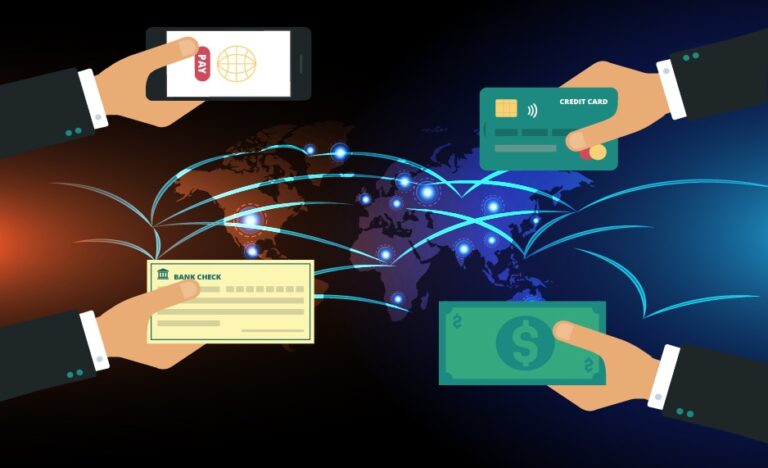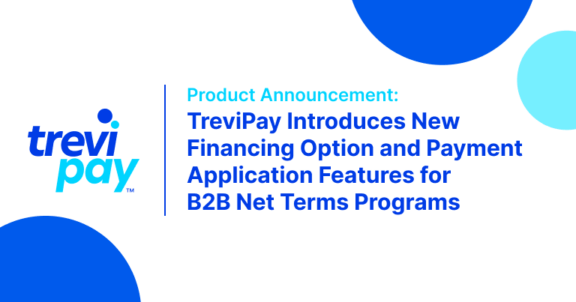News & Insights · Approx. 4 minute read
Early Adoption has Left U.S. Payment Tech Years Behind the EU

We may have been first on the moon, but Europe has far outpaced the U.S. when it comes to financial technology. If this surprises you, hop on a flight to Europe and try paying with something that requires more than a tap when you land.
But the payments gap goes beyond the European affinity for contactless payment methods. Businesses operating within the European Union (EU) are significantly ahead of businesses in the U.S. when it comes to electronic payments — nearly half of B2B payments in the U.S. are made using checks. In Europe, that number is less than 10%.
The U.S. tendency toward the early adoption of financial technology is partially to blame for the payments discrepancy. But it’s our rapid innovation and strategic partnerships that will help close the gap.
The Unified Currency Difference
European businesses primarily use electronic banking transfers to send and receive payments. The digitalization of the European economy is due in part to the EU’s centralized banking infrastructure around the unified currency, the euro.
Supported by legislation adopted in 2007 that requires banks to create APIs open to third-party developers, unified banking made it easy for EU businesses to send money directly from bank to recipient. Payments digitalization creates a faster, more secure way to send and receive money, but it also paves the way for a completely open banking system in the future.
Similar digitalization has yet to take root across the pond, but there hasn’t been a catalytic event to accelerate the transformation. While some U.S. banks increased check processing costs as a deterrent, the use of checks as a payment method persists. Popular accounting software solutions contribute to the problem — they make printing and sending checks the easiest B2B payment option.
Yet, despite a unified currency across the country, the level of integration necessary to move beyond checks and connect accounting software to the U.S. banking infrastructure is not in demand by and doesn’t exist for U.S. businesses, especially at scale.
U.S. Early Adopter of Payment Technology is Slowing Us Down
When a country the size of the U.S. is an early adopter, rapid innovation can become a barrier to future innovation.
Consider how most Americans pay for gas. Pay-at-the-pump service has been the U.S. standard since the mid-1980s. This service makes filling up easy and convenient, while European drivers must go inside and pay at the register. However, when the world shifted to chip cards, U.S. gas stations hit a roadblock. While upgrading a single POS system to support chip cards was easier for European gas stations, upgrading thousands of self-service gas pumps across the U.S. is tricky, not to mention extremely expensive.
The same struggle applies to B2B purchasing. Upgrading the U.S. banking system will be difficult and time-consuming due to entrenched processes and the sheer size of the system. But for the financial health of businesses, it’s a necessity.
It’s also important to note that payment methods like wire transfers are expensive (especially when sent internationally) and checks introduce working capital issues: While the date on the check might be correct, it takes four to five business days before any cash lands in your account. Additionally, nearly 70% of organizations experience check fraud.
Payment Culture Change Hinges on Strategic Partnerships, Adoption & Innovation
Until the U.S. catches up to Europe, sellers struggling with working capital management or fearing the effects of fraud have the option to partner with a payments organization. The right partner can ensure you get paid in as little as two days. Your partner will assume some of the risk and most importantly, send payments electronically.
The future of B2B payments relies on rapid fintech innovation — as well as collaboration key among leaders in the space to drive adoption. The U.S. financial system needs out-of-the-box integrations between accounting software and banks, perhaps even a blockchain system to enable decentralized cash and data management.
Only strategic adoption of trends and continued innovation will push the U.S. forward, allowing us to keep up with or even outpace our European counterparts.
This article, written by Brandon Spear, was originally posted on RIS News.
Stay up-to-date with the latest from TreviPay
Thank you for subscribing! You will now receive email updates from TreviPay.



